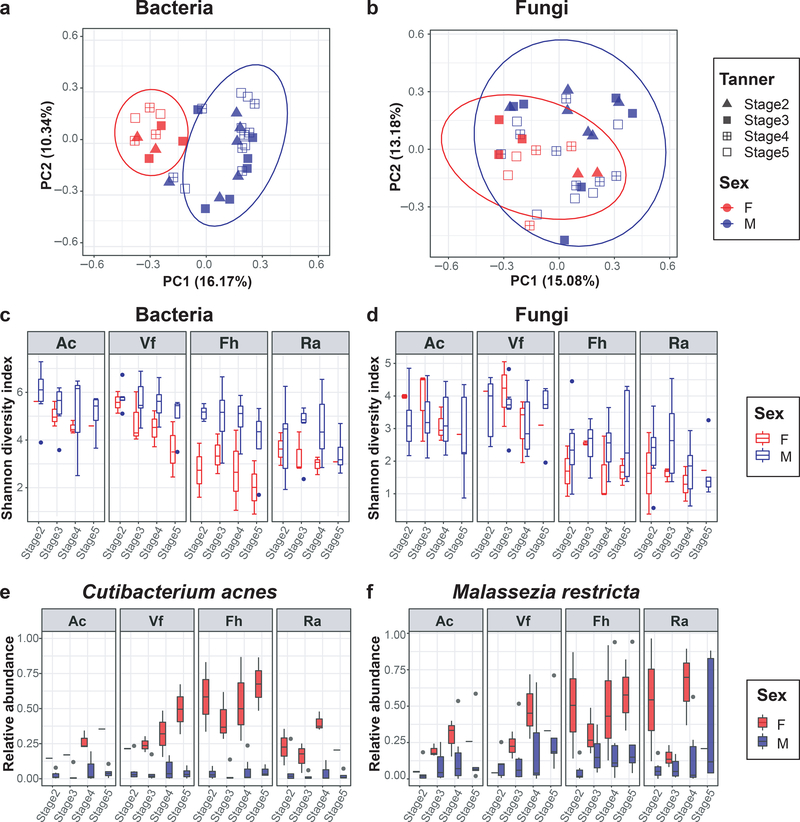Figure 2. Comparisons of skin bacterial and fungal communities in female and male children during puberty.
(a, b) Principal coordinates analysis of Bray-Curtis dissimilarity. All skin samples from different skin sites belonging to an individual were averaged. Colors and shapes of the symbols represent different sex and different Tanner stage, respectively. Ellipses indicate the 95% confidence intervals based on standard error. (c, d) Alpha (Shannon) diversity of bacterial and fungal communities, based on sex, Tanner stages, and skin sites. (e, f) Temporal changes of the mean relative abundances of Cutibacterium acnes and Malassezia restricta across Tanner stage at 4 skin sites. Each box represents the lower quartile, median, and upper quartile of the value, and whiskers represent value up to 1.5 times the interquartile range. The dots at the end of box represent outliers. Skin sites abbreviated as antecubital fossa (Ac), volar forearm (Vf), forehead (Fh), retroauricular crease (Ra).

